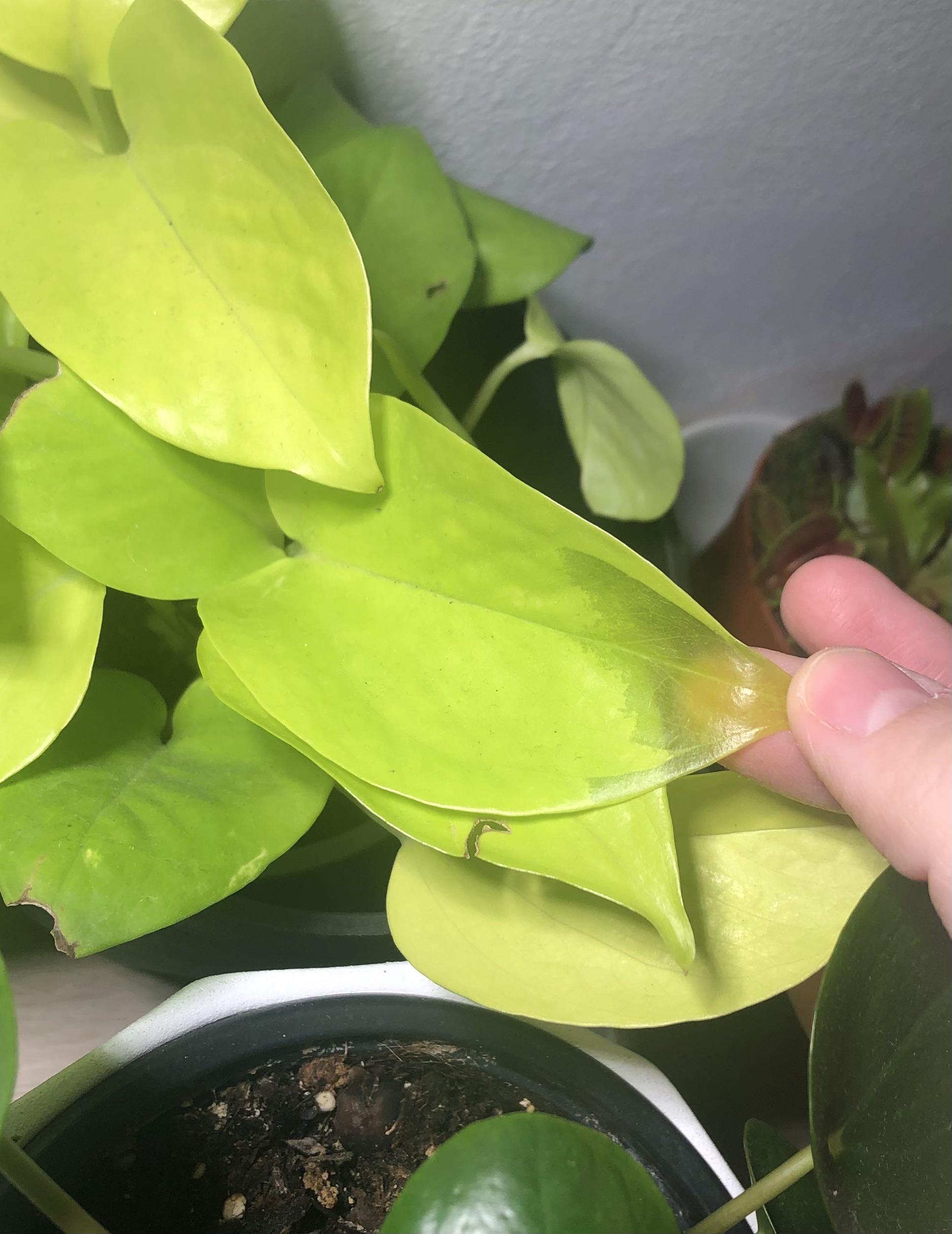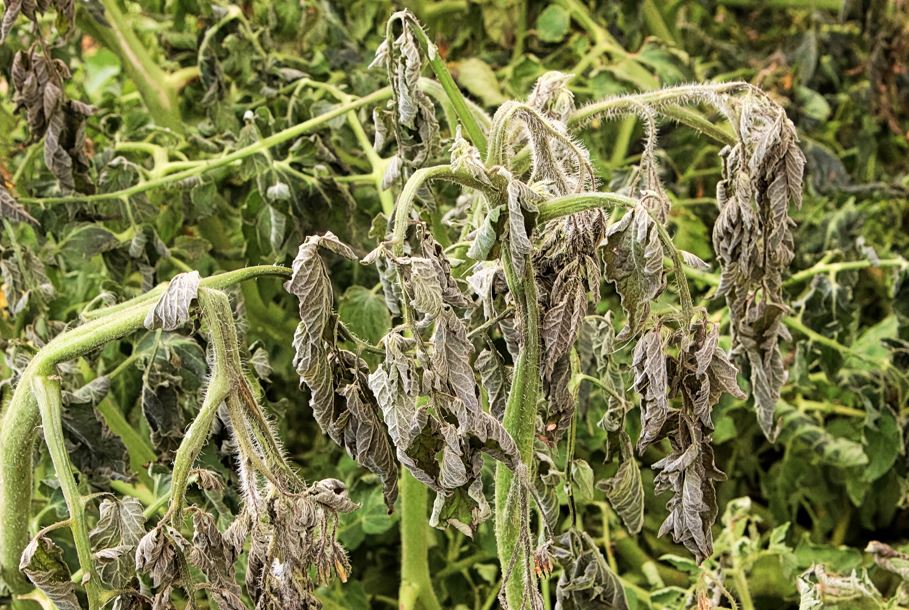Why are my plant’s leaves turning translucent?
Many plant owners face the issue of their plant’s leaves turning translucent, which can be concerning. Translucent leaves indicate that there is an underlying problem with the plant’s health. Let’s explore some of the possible reasons why your plant’s leaves are becoming translucent and how to address these issues:
1. Overwatering
One common reason for translucent leaves is overwatering. When plants receive too much water, they are unable to absorb enough oxygen through their roots. This lack of oxygen causes the plant to have difficulty in photosynthesis, resulting in translucent leaves. To address this issue, ensure that you are not watering your plant too frequently. Allow the soil to dry out slightly between waterings to prevent overwatering.
2. Root rot
If your plant’s leaves are turning translucent and have a mushy texture, it is likely that your plant is suffering from root rot. Root rot is a common issue caused by overwatering, poor drainage, or using contaminated soil. To treat root rot, remove the affected plant from its pot, trim off any rotten roots, and repot the plant in fresh, well-draining soil. Adjust your watering schedule to prevent future occurrences of root rot.
3. Nutrient deficiency
Translucent leaves can also be a sign of nutrient deficiencies in plants. For example, if your plant lacks essential nutrients such as nitrogen, phosphorus, or potassium, its leaves may turn translucent. To address this issue, consider fertilizing your plant with a balanced, water-soluble fertilizer. Additionally, ensure that your plant is receiving adequate sunlight to aid in the absorption of nutrients.
4. Pest infestation
In some cases, translucent leaves may be a result of pest infestations. Common pests such as spider mites, aphids, and whiteflies can cause damage to plant leaves, making them translucent. To combat pest infestations, inspect your plant regularly for signs of pests, and treat the affected plant with a suitable insecticide or insecticidal soap. Additionally, isolate the affected plant to prevent the spread of pests to other plants.
5. Environmental stress
Environmental stress factors such as extreme temperatures, low humidity, or insufficient light can also lead to translucent leaves in plants. Ensure that your plant is placed in an appropriate location with adequate sunlight, proper humidity levels, and consistent temperatures. Avoid placing your plant near drafty windows or heating vents, as this can cause stress to the plant.
Conclusion
Translucent leaves in plants are a sign of underlying issues that need to be addressed promptly. By identifying the potential causes of translucent leaves and taking appropriate measures to rectify these issues, you can help your plant regain its health and vitality. Remember to observe your plant closely, provide proper care, and seek assistance from a plant care professional if needed. With proper attention and care, you can restore your plant to its former glory and enjoy a thriving indoor garden.



